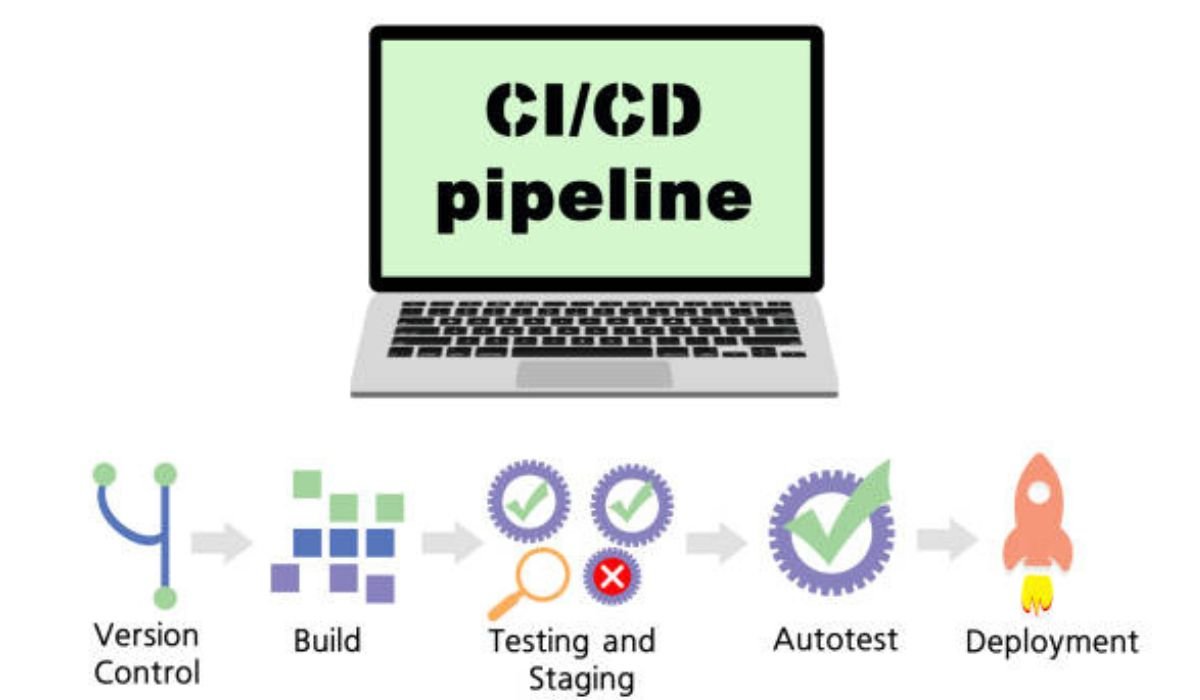Introduction: Why Clear Definitions Matter
From ransomware-crippled hospitals to data-leak headlines that wipe billions off market caps, “cyber attack” has become part of everyday vocabulary. Yet ask five professionals to define the term and you’ll hear five different answers. That fuzziness creates real-world problems: breach-notification clocks start only when an “attack” is confirmed, insurance carriers approve or deny claims based on policy wording, and incident-response teams burn precious hours debating semantics instead of blocking intruders. This guide cuts through the noise-pinning down what truly constitutes a cyber attack, tracing how offensive tactics are evolving, and outlining a response framework your organization can execute under fire.
Defining a Cyber Attack-Three Non-Negotiable Elements
Security events range from benign network scans to full-blown sabotage. They cross the line into attack territory only when three conditions converge:
- Unauthorized Activity. Someone gains access to or manipulates data, systems, or users without consent.
- Malicious Intent. The motive is theft, sabotage, extortion, or espionage-not accidental misconfiguration.
- CIA Impact. The event threatens or harms confidentiality, integrity, or availability. (the CIA triad).
Port scans and blocked login attempts lack demonstrable intent or impact, so they’re routine security events. By contrast, a spear-phishing email that harvests credentials and dumps payroll data meets all three criteria and is unequivocally an attack. Legal teams often map these thresholds to global norms such as NIST SP 800-61, ISO 27035, and the EU’s NIS 2 directive to ensure consistency across borders.
In practical terms, boards and CISOs still ask, But what does cyber attack actually mean?. A concise answer comes from Fortinet’s industry glossary, which defines the term as an intentional, unauthorized act designed to damage, disrupt, or steal information from digital assets, reinforcing that both intent and tangible impact are required. With the definition nailed down, we can examine how adversaries exploit technology and human trust to achieve their goals.
The Five-Lens Taxonomy for Classifying Attacks
| Lens | Clarifies | Sample Threats |
| Vector | Entry method | Phishing, zero-day exploit, rogue USB |
| Payload | Malicious code/technique | Ransomware, backdoor, logic bomb |
| Target | Asset in the cross-hairs | SaaS data, OT controller, executive inbox |
| Actor | Who’s behind it | Cyber-crime gang, insider, nation-state |
| Outcome | End-goal | Extortion, data theft, service disruption |
This multi-lens view prevents blind spots. A single e-mail phishing link (vector) can drop a modular loader (payload) on a CFO’s laptop (target), deployed by a ransomware-as-a-service affiliate (actor) aiming for double extortion (outcome).
Modern Kill-Chain Walk-Through (2025 Snapshot)
- Automated Reconnaissance. AI bots scrape GitHub, LinkedIn, and Shodan to map your external footprint.
- Initial Access. Social-engineering or poisoned software updates slip past firewalls.
- Privilege Escalation. Attackers abuse token theft, Golden SAML, or MFA-fatigue prompts to become admins.
- Lateral Movement. “Living-off-the-land” tools like PowerShell evade antivirus while hopping between systems.
- Impact Delivery. Within 24 hours, double-extortion ransomware encrypts data and siphons it to cloud buckets, or wiper malware bricks servers to mask espionage.
- Monetization/Sabotage. Threat actors sell data at auction, demand crypto, or leak documents to ruin brand equity.
IBM’s Cost of a Data Breach 2024 report notes that early detection-before privilege escalation-cuts average recovery costs by 30 percent.
Emerging Risks on the Horizon
- Deepfake Phishing. AI-generated voice calls impersonate CEOs to approve wire transfers, beating email filters.
- Autonomous Malware. Self-learning code rewrites its payload when it detects virtualization sandboxes.
- API-Sprawl Exploits. Machine-to-machine tokens without proper scopes open backdoors directly into SaaS databases.
- Harvest Now/Decrypt Later. Adversaries archive encrypted data today, planning to crack it once post-quantum computers mature, a trend flagged by NIST and echoed by research at Ian Goodfellow’s AI Security Lab.
Response Framework: The Four-Pillar Model
| Pillar | Core Actions | 48-Hour Checklist |
| Prepare | Playbooks, immutable backups, tabletop drills | Verify backups, MFA coverage, legal contacts |
| Detect | XDR telemetry, anomaly baselines | Triage critical alerts < 30 minutes |
| Contain & Eradicate | Segmentation, kill-switches, credential resets | Isolate host, block C2, rotate keys |
| Recover & Learn | Clean restore, PR comms, root-cause fix | Post-mortem report, patch similar gaps |
CISA’s Incident Response Playbook provides templates that slot neatly into each pillar.
Legal, Insurance, and Reputation Angles
- Breach-Disclosure Clocks. GDPR demands notice “without undue delay” and within 72 hours; new SEC rules require filing within four business days for material events.
- Cyber Insurance Gotchas. Policies increasingly exclude state-sponsored attacks and unpaid ransomware claims; underwriters want proof of immutable backups and multifactor authentication. Marsh McLennan reports premiums rising 18 percent YoY for firms lacking zero-trust controls.
- Public vs. Quiet Response. Coordinated disclosure with regulators and affected customers builds trust; secretive fixes may backfire if journalists or researchers break the story first.
Metrics That Prove Resilience
- Mean Time to Contain (MTTC) – Target < 30 minutes.
- Crown-Jewel Coverage – Percentage of critical assets protected by zero-trust or micro-segmentation.
- Phishing Click-Through Rate – Aim for a downward trend via quarterly awareness tests.
- Restore Drill Success – At least two clean, audited recovery exercises per year covering critical workloads.
Verizon’s Data Breach Investigations Report 2024 shows that companies practicing quarterly restore drills recover 46 percent faster after ransomware.
Conclusion
A cyber attack is not every odd packet your firewall logs. It is an intentional, unauthorized action that jeopardizes the confidentiality, integrity, or availability of your assets on digital. By internalizing this definition, security and legal teams can deploy resources wisely, satisfy regulators, and sidestep insurance disputes. The battle rhythm that wins combines identity-centric controls, AI-assisted detection, rehearsed recovery, and an adaptive culture that treats security as a board-level mandate rather than a bolt-on expense.
Organizations embracing those pillars won’t just survive the next wave of threats-they’ll emerge as trusted custodians of customer and shareholder value in an increasingly hostile digital world.
Frequently Asked Questions
1. Is every phishing e-mail a cyber attack?
No. A single unsolicited e-mail is merely a threat vector. It becomes a cyber attack if a user clicks, credentials are stolen, and confidentiality or integrity is at risk.
2. How soon must we report an attack to the authorities?
Timelines vary: GDPR mandates 72 hours, while some U.S. critical-infrastructure sectors face 24-hour rules. Always consult counsel and follow your incident-response plan’s legal checklist.
3. What’s the first control to implement against deep-fake phishing?
Phishing-resistant MFA (such as FIDO2 hardware keys) combined with continuous identity verification and security-awareness micro-training greatly reduces the impact of AI-driven impersonation attacks.











